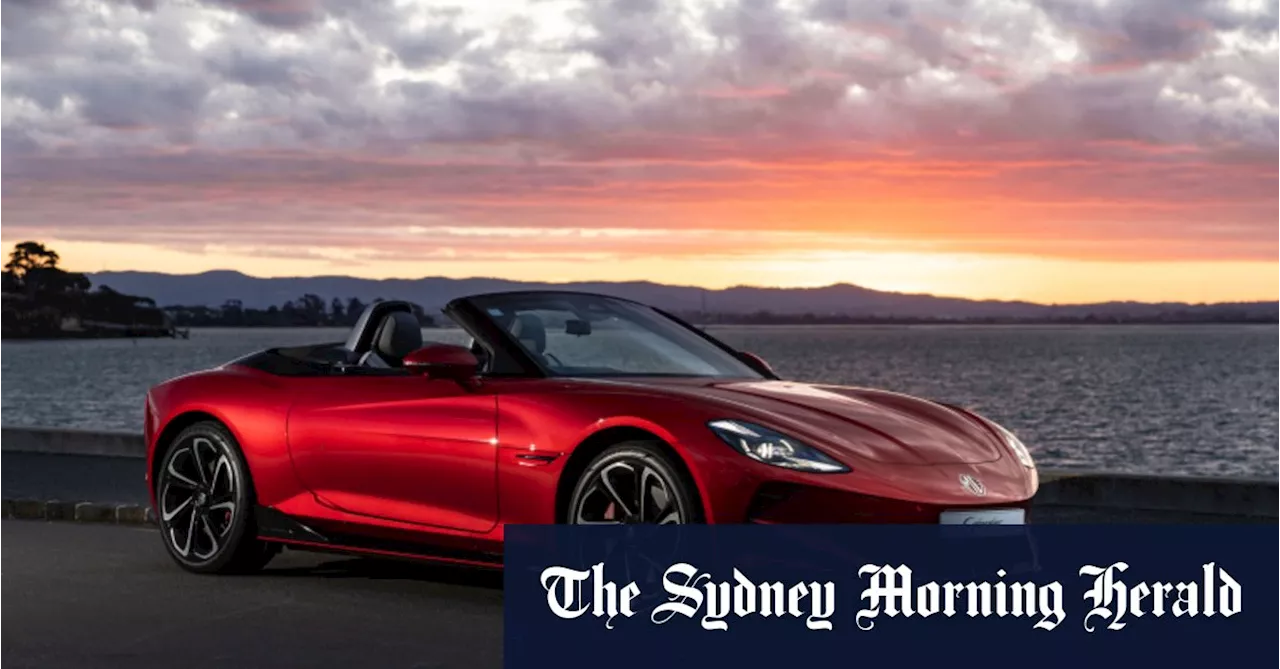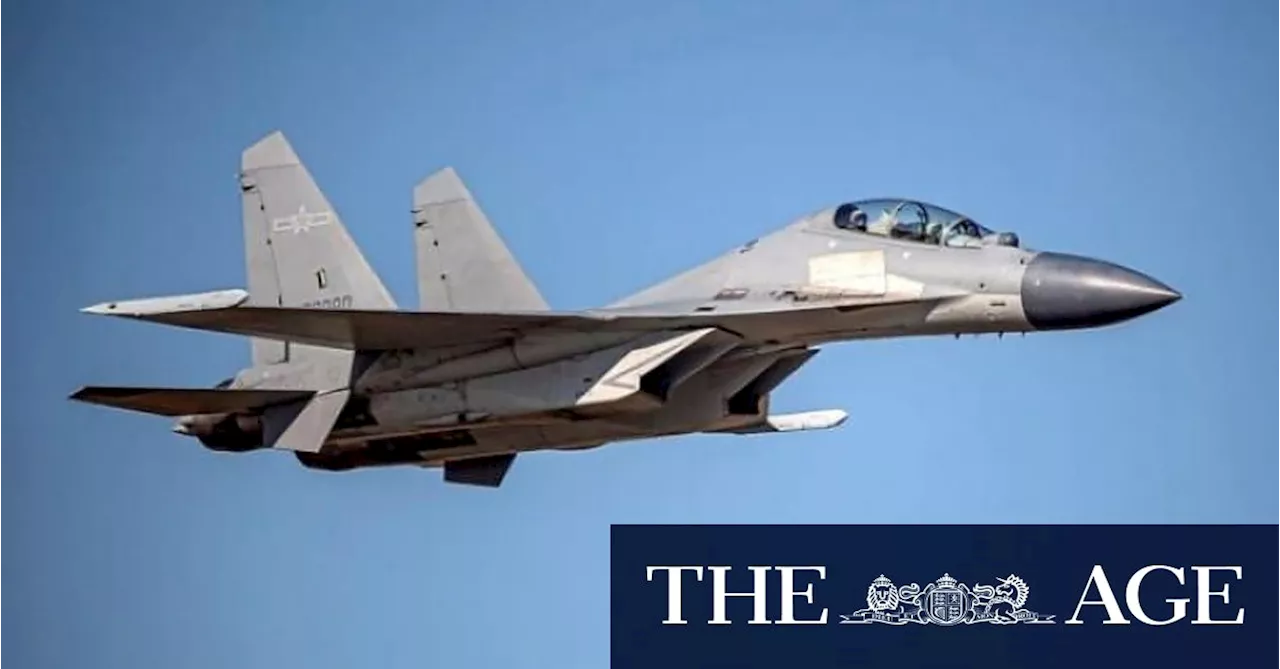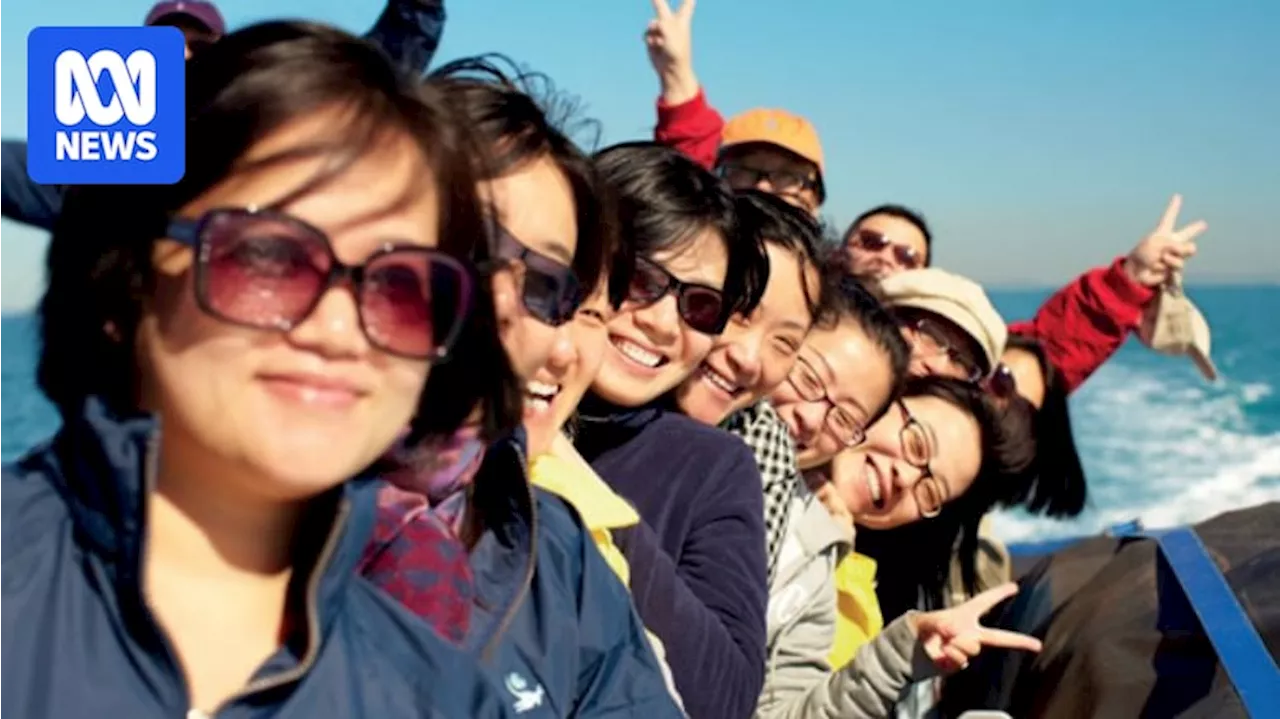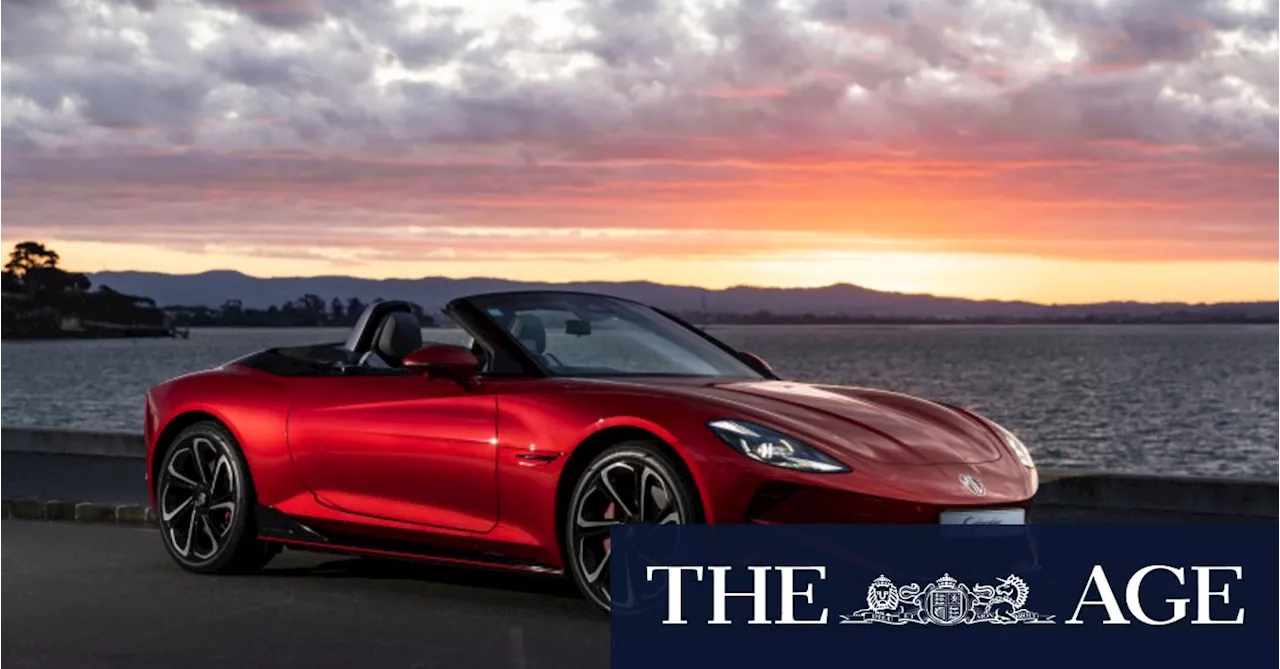Chinese electric vehicle (EV) manufacturers are making significant inroads into the Australian market, aiming to unseat traditional giants like Toyota. Fueled by government incentives, low production costs, and advanced technology, brands like BYD, Chery, and XPeng are attracting Australian consumers with competitive pricing and a wide range of models.
2025 marks the year of the snake in the Chinese zodiac, and Chinese EV makers are hoping it’s the year they can edge towards market dominance in Australia. After years of quietly building up a local presence, brands such as Chery , BYD and XPeng are now revving up their local sales efforts in earnest, taking the fight to the likes of Toyota , which has been Australia’s best-selling manufacturer for more than two decades.
Sales of nearly every Chinese car manufacturer increased in Australia in 2024 – no mean feat in what’s a highly competitive market – and a whole host of new and exotic players are set to make their debut this year.Names like Jaecoo, Deepal and Zeekr wouldn’t be familiar to most Australians, but their cars will soon be on our roads and recharging at local EV stations. The flood of competition will heap pressure on what was already a highly competitive market, and present consumers with novel options including Australia’s first sub-$30,000 electric vehicle, which is set to arrive alongside a fresh wave of government-backed low-interest EV loans.Peter Khoury, media manager of the NRMA, said that the next 12 months will be marked by a growing range of electric vehicles, from China but also the likes of India and Thailand, many of which will be cheaper than what Australians are used to seeing. “I think what we’re seeing is a shift in what’s available in the Australian market, and this is a significant shift,” Khoury told this masthead.What’s driving the surge? Chinese manufacturers such as BYD and SAIC Motor have built up their factories over the last decade and collectively can now manufacture up to 40 million vehicles a year. The country is responsible for about 60 per cent of total global EV production, and foreign companies Tesla and Volkswagen are also using Chinese factories to produce a growing percentage of their vehicles. In Australia, BYD and other Chinese brands such as MG are undercutting their European and American rivals in some cases by tens of thousands of dollars, making them a difficult option for many to resist.Australia in many respects is a prime market for China’s automotive export efforts, according to Tony Weber, chief executive of the Federal Chamber of Automotive Industries, the nation’s peak automotive body. While US President Donald Trump has made a public pledge to “tax Chinese cars out of the US”, that’s not the case locally. “We have a free trade agreement. There are no tariffs in this country and no barriers, so we are getting more competition, more high-quality products at low prices,” Weber said in an interview. “The Chinese industry has focused heavily on pure EV technologies, so they have a competitive advantage in terms of both technology and pricing on batteries, and the scale of a domestic market to support it. “It’s clear more brands are going to be coming into the Australian market, and there’s going to be a lot more competition amid ongoing cost-of-living pressures.” David Smitherman is the CEO of EVDirect, the sole Australian distributor for BYD, which has a stated goal of unseating Toyota as Australia’s most popular car brand by 2030. BYD is already Australia’s third-best selling Chinese brand and increased its sales by 64.5 per cent last year. BYD on Thursday launched a new medium-sized SUV, the Sealion 7, which retails for around $55,000, undercutting its rival Tesla Y by close to $10,000. Smitherman is confident the Sealion 7 will be BYD’s best-selling electric vehicle in Australia. Next month it’s launching the BYD Dolphin, a compact SUV that will be Australia’s cheapest EV at $29,990.“Australians are savvy, right?” Smitherman said. “They’re looking for something that’s new and different, that’s advanced in technology and looks beautiful as well, and that’s what we’re delivering and where we’re seeing that sales momentum come through. “BYD is now a global powerhouse – it’s the fifth-largest car brand in the world and it’s a brand that has been around for 30 years, even if it’s still new in Australia. It’s a significant company, it’s not a start-up, and we now have 30,000 vehicles on Australian roads.” In Australia, BYD and other Chinese brands such as MG are undercutting their European and American rivals in some cases by tens of thousands of dollars, making them a difficult option for many to resist. An assembly line for mini electric cars in Liuzhou. China’s electric vehicle production and sales both more than doubled in July.For Smitherman, those cheaper vehicles have been possible, at least in BYD’s case, due to the scale of its operations. “The global scale of BYD is significant,” he said. “And it’s the vertical and horizontal integration of the supply chain as well. If you look at an EV, the battery is a big cost component, and BYD makes the battery. And for us, it’s all the simplicity of the line-u
ELECTRIC VEHICLES CHINESE AUTO INDUSTRY AUSTRALIA MARKET BYD CHERY XPENG TOYOTA COMPETITION INNOVATION COST-SAVINGS
Australia Latest News, Australia Headlines
Similar News:You can also read news stories similar to this one that we have collected from other news sources.
 Chinese EV Makers Aim for Australian Market DominanceChinese electric vehicle manufacturers are making significant inroads into the Australian market, vying for a larger share with established players like Toyota. Driven by competitive pricing and government incentives, Chinese brands are expanding their offerings and attracting Australian consumers.
Chinese EV Makers Aim for Australian Market DominanceChinese electric vehicle manufacturers are making significant inroads into the Australian market, vying for a larger share with established players like Toyota. Driven by competitive pricing and government incentives, Chinese brands are expanding their offerings and attracting Australian consumers.
Read more »
 Australian Defence Force Raises Alarm Over Chinese Warships Near Australian CoastThe Australian Defence Force (ADF) has expressed concern over recent Chinese naval activity near Australia. Three Chinese warships were observed operating in the Coral Sea, within Australia's exclusive economic zone, prompting a rare public statement from the ADF. The government has deployed naval and air force assets to monitor the ships' movements. Additionally, the ADF revealed that a Royal Australian Air Force (RAAF) P-8A Poseidon aircraft had an unsafe encounter with a Chinese fighter jet in the South China Sea.
Australian Defence Force Raises Alarm Over Chinese Warships Near Australian CoastThe Australian Defence Force (ADF) has expressed concern over recent Chinese naval activity near Australia. Three Chinese warships were observed operating in the Coral Sea, within Australia's exclusive economic zone, prompting a rare public statement from the ADF. The government has deployed naval and air force assets to monitor the ships' movements. Additionally, the ADF revealed that a Royal Australian Air Force (RAAF) P-8A Poseidon aircraft had an unsafe encounter with a Chinese fighter jet in the South China Sea.
Read more »
 Korean War Exhibit at Australian War Memorial Sparks Controversy Over Display of Chinese GarmentA Korean War exhibit at the Australian War Memorial is facing criticism for displaying a garment of Chinese origin as traditional Korean clothing. The Korean Australian community has raised concerns about the potential for misrepresentation and has called for the garment's removal or relocation. While the memorial acknowledges a previous error in labeling the garment, they maintain that the display accurately reflects the historical context.
Korean War Exhibit at Australian War Memorial Sparks Controversy Over Display of Chinese GarmentA Korean War exhibit at the Australian War Memorial is facing criticism for displaying a garment of Chinese origin as traditional Korean clothing. The Korean Australian community has raised concerns about the potential for misrepresentation and has called for the garment's removal or relocation. While the memorial acknowledges a previous error in labeling the garment, they maintain that the display accurately reflects the historical context.
Read more »
 Friends fear Chinese prison conditions confronting Australian Yang HengjunFriends and advocates for Australian citizen Yang Hengjun have urged the Australian government to put more pressure on China, after reports of his harsh prison conditions. It's been reported that Dr Yang was forced to choose between food and clothes during winter, while his health had been deteriorating.
Friends fear Chinese prison conditions confronting Australian Yang HengjunFriends and advocates for Australian citizen Yang Hengjun have urged the Australian government to put more pressure on China, after reports of his harsh prison conditions. It's been reported that Dr Yang was forced to choose between food and clothes during winter, while his health had been deteriorating.
Read more »
 Chinese Tourists Rethink Australian Travels: Longer Stays and Coastal EscapesThe article explores the changing trends in Chinese tourism to Australia, highlighting the shift towards longer stays, a preference for coastal experiences, and the impact of a weakened Chinese economy and geopolitical factors on visitor numbers.
Chinese Tourists Rethink Australian Travels: Longer Stays and Coastal EscapesThe article explores the changing trends in Chinese tourism to Australia, highlighting the shift towards longer stays, a preference for coastal experiences, and the impact of a weakened Chinese economy and geopolitical factors on visitor numbers.
Read more »
 Australian Shares Dip as Tech Stocks React to Chinese Chatbot ChallengeAustralian stocks opened slightly lower, mirroring the tech sector's slump on Wall Street triggered by the emergence of Chinese AI chatbot DeepSeek. The benchmark S&P/ASX 200 dipped 0.2%, indicating a possible subdued impact from the Wall Street fall. Analysts suggest the decline stems from an emerging AI technology rivalry between the US and China, while Hong Kong's Hang Seng index has shown resilience.
Australian Shares Dip as Tech Stocks React to Chinese Chatbot ChallengeAustralian stocks opened slightly lower, mirroring the tech sector's slump on Wall Street triggered by the emergence of Chinese AI chatbot DeepSeek. The benchmark S&P/ASX 200 dipped 0.2%, indicating a possible subdued impact from the Wall Street fall. Analysts suggest the decline stems from an emerging AI technology rivalry between the US and China, while Hong Kong's Hang Seng index has shown resilience.
Read more »
